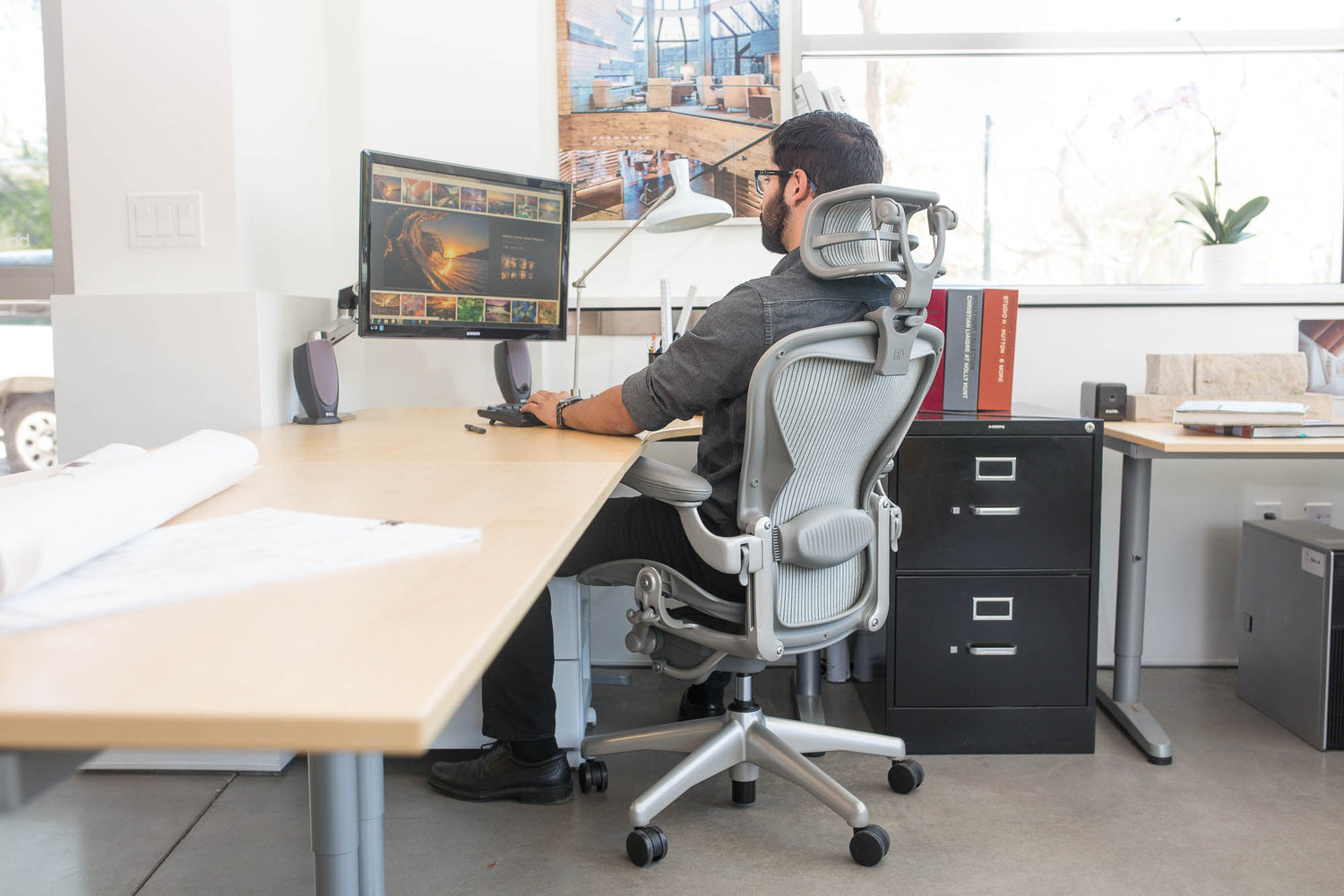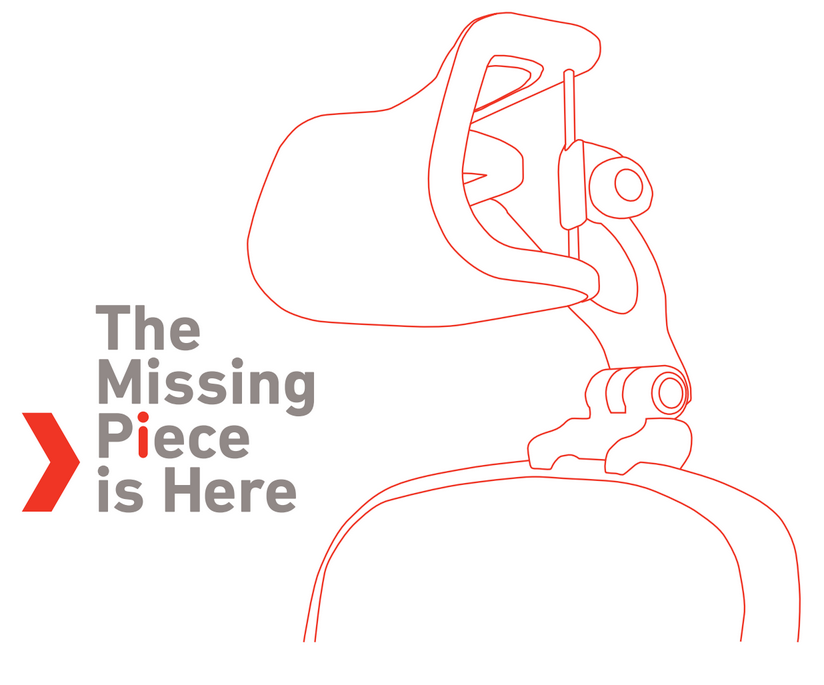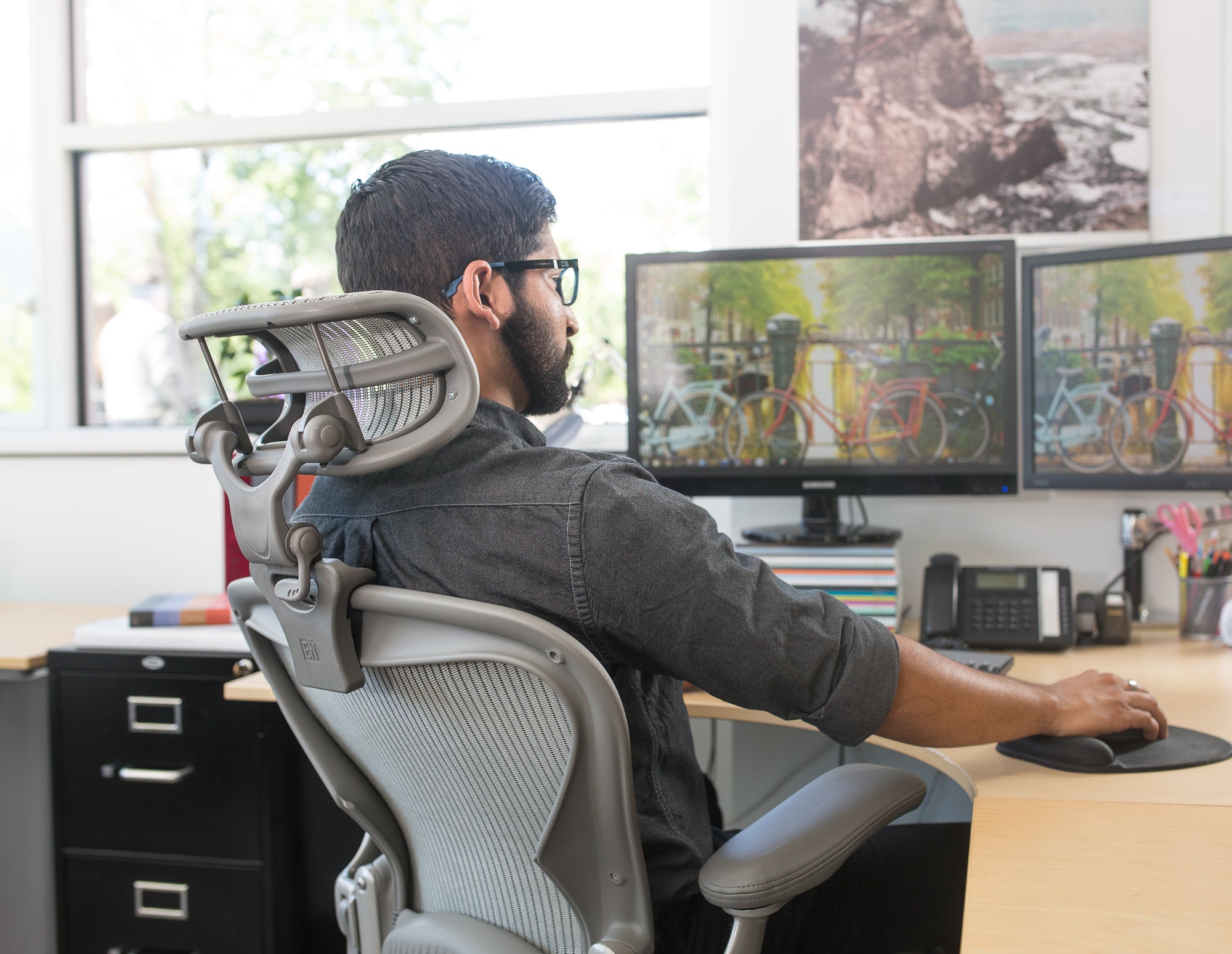Herman Miller was founded in 1905 as the Star Furniture Co. in Zeeland, Michigan. Initially the company produced high quality furniture, especially bedroom suites, in historic revival styles. In 1909, Dirk Jan De Pree began working for the company as a clerk, and became its president by 1919, when it was renamed the Michigan Star Furniture Co. De Pree and his father-in-law, Herman Miller, purchased 51% of the company stock in 1923 and renamed it the Herman Miller Furniture Company. The company reformed as Herman Miller, Inc. in 1960.
Until 1930, the company produced only traditional wood furniture. With the coming of the Great Depression the company was forced to explore new products to survive in a shrinking market and reluctantly hired Gilbert Rohde, a designer who specialized in modernist designs. Rohde turned the company in a totally new direction and in 1933, Herman Miller debuted a line of modern furniture at the Century of Progress exposition in Chicago, Illinois. In 1941, the company opened a showroom in the Merchandise Mart in Chicago, and another in New York City. Under Rohde's supervision Herman Miller entered the contract (office) furniture market in 1942, with the introduction of the "Modular Executive Office" Group (EOG), the first in a long line of office furnishings to be produced by the company.
Rohde died in 1944 and was replaced by architect George Nelson, who joined the firm as director of design in 1945. Over the next four decades Nelson was to have an enormous influence upon Herman Miller, not only for his personal design contributions, but also for the talented designers he recruited to its ranks, including; Isamu Noguchi, Charles and Ray Eames, Robert Propst, and textile designer Alexander Girard. Beginning in the late 1940s, the period under Nelson's guidance saw Herman Miller produce some of the world's most iconic pieces of modern furniture, including the Noguchi table, Eames Lounge Chair, Marshmallow sofa, Ball clock (actually produced by Howard Miller Clock Company), and the Sling sofa.
Until 1930, the company produced only traditional wood furniture. With the coming of the Great Depression the company was forced to explore new products to survive in a shrinking market and reluctantly hired Gilbert Rohde, a designer who specialized in modernist designs. Rohde turned the company in a totally new direction and in 1933, Herman Miller debuted a line of modern furniture at the Century of Progress exposition in Chicago, Illinois. In 1941, the company opened a showroom in the Merchandise Mart in Chicago, and another in New York City. Under Rohde's supervision Herman Miller entered the contract (office) furniture market in 1942, with the introduction of the "Modular Executive Office" Group (EOG), the first in a long line of office furnishings to be produced by the company.
Rohde died in 1944 and was replaced by architect George Nelson, who joined the firm as director of design in 1945. Over the next four decades Nelson was to have an enormous influence upon Herman Miller, not only for his personal design contributions, but also for the talented designers he recruited to its ranks, including; Isamu Noguchi, Charles and Ray Eames, Robert Propst, and textile designer Alexander Girard. Beginning in the late 1940s, the period under Nelson's guidance saw Herman Miller produce some of the world's most iconic pieces of modern furniture, including the Noguchi table, Eames Lounge Chair, Marshmallow sofa, Ball clock (actually produced by Howard Miller Clock Company), and the Sling sofa.




Leave a comment
This site is protected by hCaptcha and the hCaptcha Privacy Policy and Terms of Service apply.